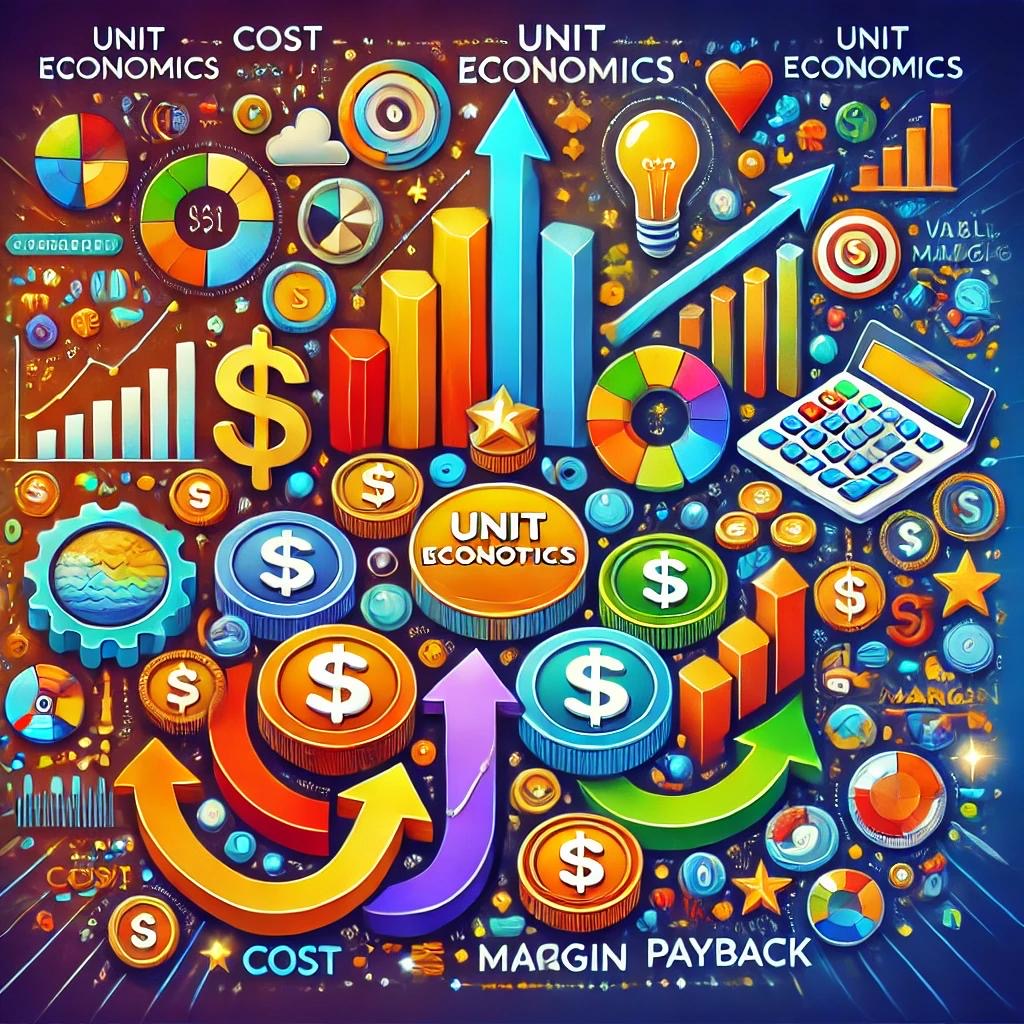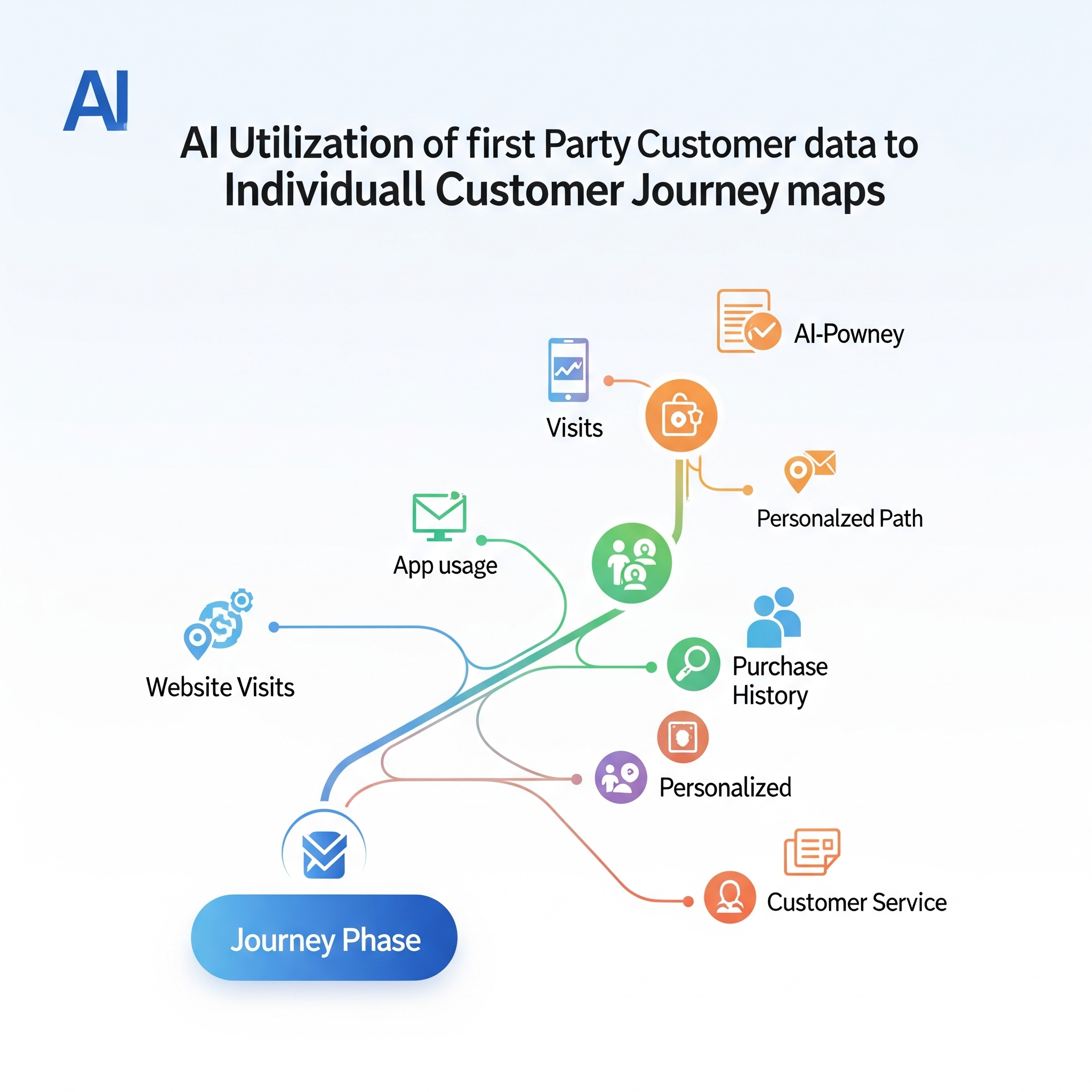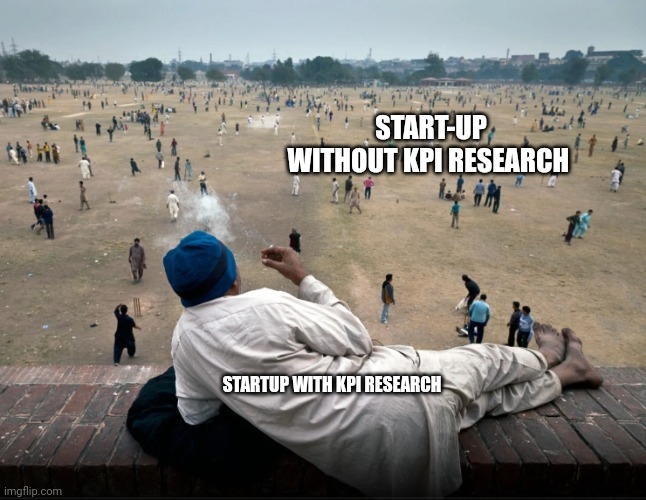Back
vishakha Jangir
•
Set2Score • 6m
𝗣𝗮𝗿𝗲𝘁𝗼 𝗽𝗿𝗶𝗻𝗰𝗶𝗽𝗹𝗲 𝗶𝗻 𝗲𝗻𝘁𝗿𝗲𝗽𝗿𝗲𝗻𝗲𝘂𝗿𝘀𝗵𝗶𝗽 !! According to the Pareto Principle, around 80% of your revenue, referrals, and repeat business typically comes from just 20% of your customers. These are your “power customers” — loyal buyers, brand advocates, and high spenders. Focusing on them increases revenue without increasing acquisition cost. Step-by-Step Breakdown: 1. Analyze Your Customer Data : Collect data from your CRM, website, or sales system. Look for: Purchase frequency Order size (Revenue per customer) Recency of interaction Referral count (if trackable) 2. Identify the Top 20% Segment : Rank customers by value. Choose the top 20% that bring in the most revenue, engagement, or influence. Use RFM Analysis (Recency, Frequency, Monetary) for precision. 3. Understand Their Behavior : Study what products/services they love. Check their feedback or reviews. Identify what channels they come from (Instagram? LinkedIn? Referrals?) 4. Create a Personalized Loyalty Loop Offer VIP perks: Early access to new features Custom discounts or bundles Handwritten thank-you notes or calls Request feedback to co-create improvements. Encourage referrals with exclusive incentives. 5. Allocate More Resources to This Group : Devote more marketing spend and customer support time to retain them. Run exclusive campaigns or webinars just for them. Feature them in testimonials or case studies to attract more like them. Quick example: A skincare startup found that 15% of their users bought premium kits every 3 months and referred 2+ friends. They created a VIP club just for them, offering personalized skincare routines and early product access. These users started contributing to 65% of revenue growth, without any extra ad spend. Follow me vishakha Jangir for more such business insights.

More like this
Recommendations from Medial
Arin Agrawal
He who remains • 1y
How many of you know about (Churn Rate) Churn rate, or customer attrition, measures the percentage of customers who stop using your product or service over a period. It's crucial for businesses, especially those with subscription models, as it direc
See MoreSandip Kaur
Hey I am on Medial • 1y
Ego Marketing: How to Use Pride to Power Your Brand Everyone likes to feel important, and that’s where ego marketing comes in. It’s about tapping into the human desire for recognition, validation, status and belonging. Here’s how it works: 1. Highlig
See MoreMilan Sinha
Life’s a buffet, and... • 9m
Pareto’s Rule: A Startup Conspiracy? They say 80% of results come from just 20% of efforts. Sounds like productivity wisdom… or maybe a cheat code we’ve all been ignoring? Think about it: 80% of your revenue → from 20% of your customers. 80% of yo
See MoreVivek Joshi
Director & CEO @ Exc... • 7m
Decoding Unit Economics for Early-Stage Startups Unit economics is your startup’s compass. It tells you if scaling will make you rich—or broke. Here’s how to decode it, step by step: 1. Define a Unit: This could be a customer, order, or subscriptio
See More
Jewelpik App
House of jewellery b... • 9m
The Best Ways to Use Customer Testimonials in Your Marketing Customer testimonials are powerful tools for growing your business. They build trust and encourage others to buy your product or service. Here are the best ways to use them: 1. Add Testimo
See MoreAditya Arora
•
Faad Network • 9m
20 CR revenue with just 48 customers daily? Let us look at how. 👇 i) Restaurant Name - Masque in Laxmi Mills, Mumbai ii) Cuisine - Single item - a 10-course meal with beverages iii) Seating Capacity - 48 iv) Weekly Customers - 48 X 7 = 336 v) Year
See More
Vivek Joshi
Director & CEO @ Exc... • 7m
Mastering Unit Economics Unit economics isn’t just a metric—it’s your startup’s financial DNA. It reveals whether each customer adds value or drains cash. Here’s how to build your unit economics from scratch: 1. Define Your Economic Unit What drives
See More
Download the medial app to read full posts, comements and news.



































